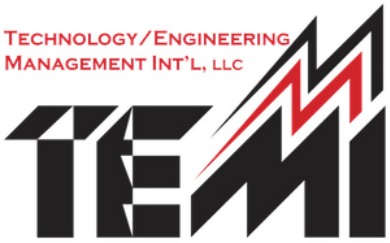Operations Research and Decision Analysis
"All models are wrong.
Some models are useful."
The fields of operations research and management science have undergone great strides since their birth in the 1940s. Advances in computing power and software now allow us to model a wide range of problems that were previously too complex to solve effectively. And, while models typically represent only an approximation of the real system, the mere act of creating the model and observing its behavior tests our understanding of the relationships in the system.
Some models are useful."
The fields of operations research and management science have undergone great strides since their birth in the 1940s. Advances in computing power and software now allow us to model a wide range of problems that were previously too complex to solve effectively. And, while models typically represent only an approximation of the real system, the mere act of creating the model and observing its behavior tests our understanding of the relationships in the system.
What Kinds of Modeling Tools Are Available?
Where appropriate, we employ available software to solve our clients’ problems. For problems that are not readily solved using available systems, we will develop original solution methodologies. Examples of the software we might employ include:
Complementing these tools are the standard suite of advanced probabilistic and statistical techniques and financial and risk analysis tools.
Capitalizing on our problem definition and diagnostic abilities, you get a clearly defined project that will serve to advance practical business objectives. TEMI can apply its OR/MS/AI expertise to planning and control problems in numerous functions including strategic planning, policy analysis, technology assessment, production and inventory management, distribution and logistics, business process reengineering, innovation management, R&D, and marketing.
- Our proprietary LP-Discrim software for discriminant analysis and pattern classification which has been utilized in a number of classification problems in sonar processing, seismic processing, vibration analysis, speech processing, and a variety of business applications. Comparisons with neural network approaches to pattern classification show the LP-Discrim approach to equal to the neural net approaches in classification success yet without the computational expense of back propagation.
- ithink systems dynamics software for modeling business processes.
- Like ithink, network optimization models (including pure, generalized and integer networks) allow you to visualize a problem capturing the important relationships in the system. These network formulations, or netforms, represent a general methodology for structuring and analyzing complex decision problems. Unlike the systems dynamics simulations, however, these models comprise a class of optimization techniques which seek to yield an optimal or near-optimal solution to the problem.
- Multiattribute decision models such as the analytic hierarchy process which are applied when a series of alternatives is to be evaluated against several criteria for solving a given problem.
- Expert system shells which allow one to create knowledge based systems to serve as expert advisors for complex decisions.
Complementing these tools are the standard suite of advanced probabilistic and statistical techniques and financial and risk analysis tools.
Capitalizing on our problem definition and diagnostic abilities, you get a clearly defined project that will serve to advance practical business objectives. TEMI can apply its OR/MS/AI expertise to planning and control problems in numerous functions including strategic planning, policy analysis, technology assessment, production and inventory management, distribution and logistics, business process reengineering, innovation management, R&D, and marketing.
